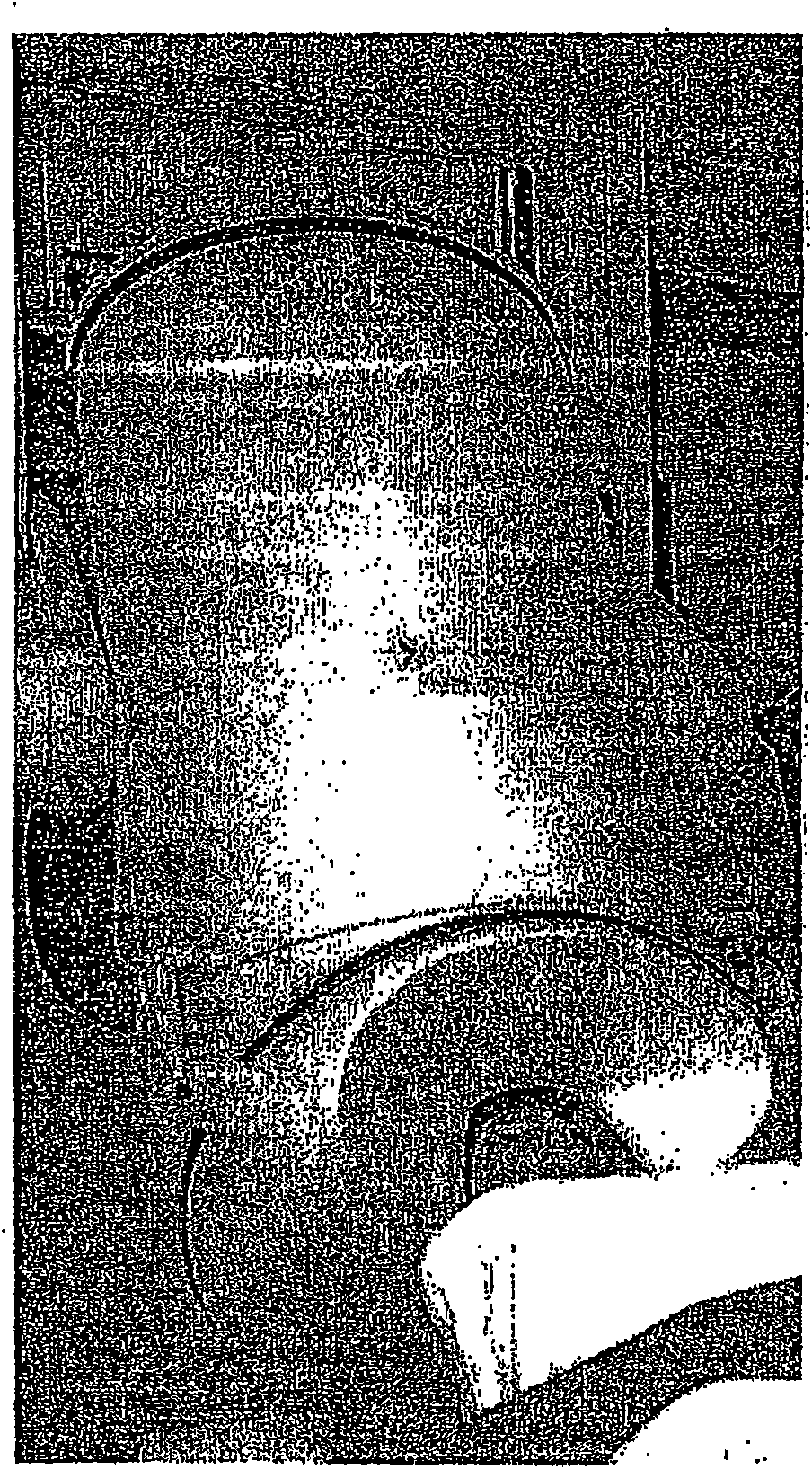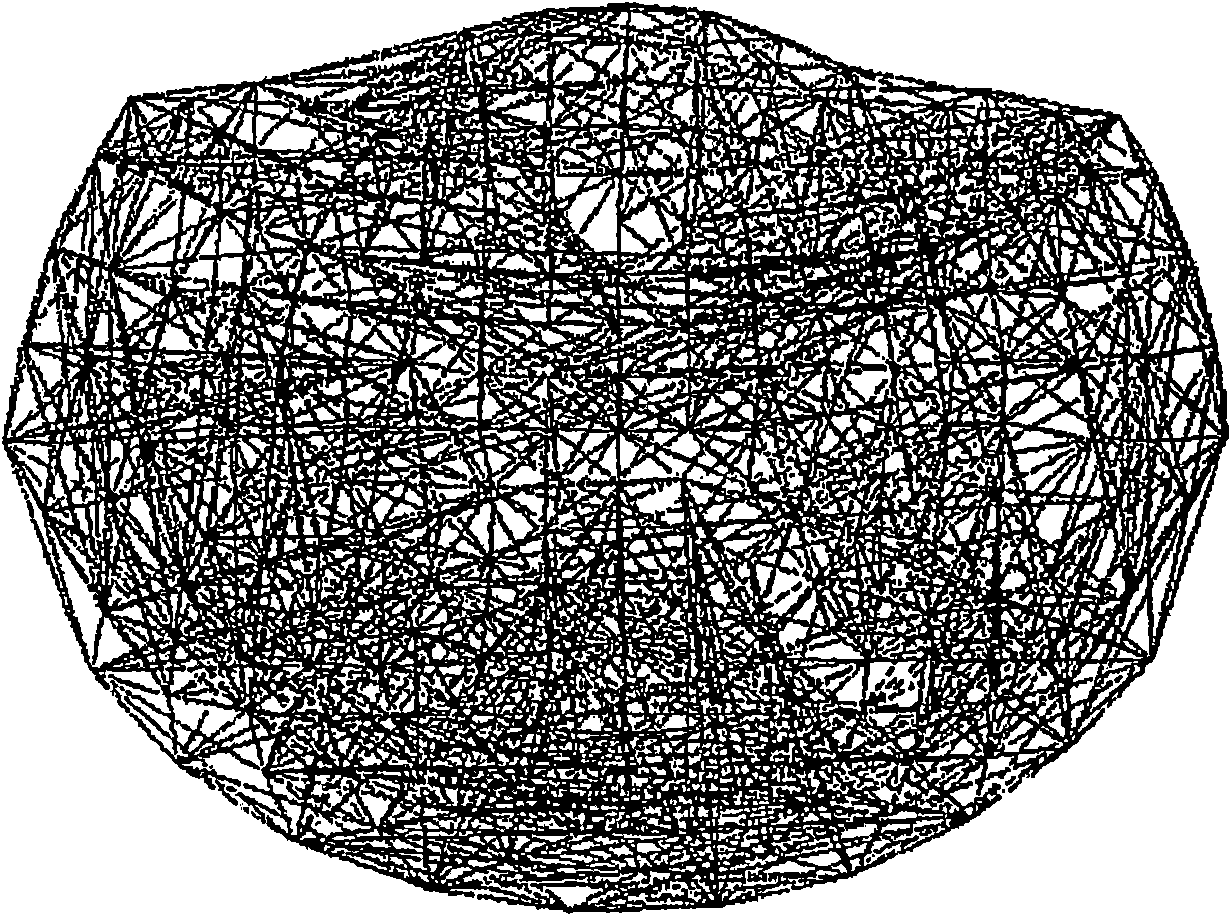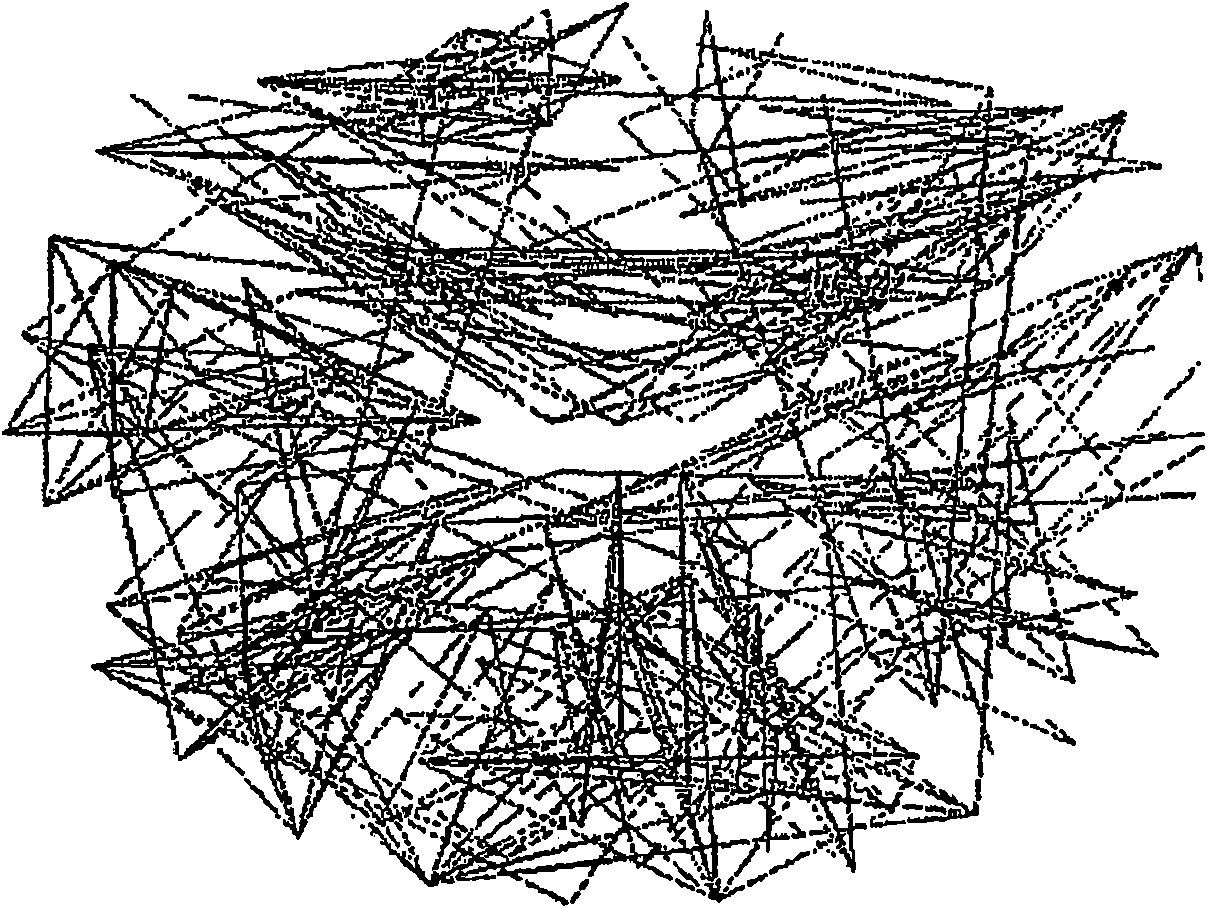Analysis of brain patterns using temporal measures
A short-term, brain model technology, applied in the field of neurophysiological analysis, can solve the problems of not being able to analyze the brain state of the brain activity of the subject or diagnose the brain state, without taking the brain model into account, and achieve the effect of low cost and high throughput
- Summary
- Abstract
- Description
- Claims
- Application Information
AI Technical Summary
Problems solved by technology
Method used
Image
Examples
example 1
[0064] Magnetoencephalography (MEG) can be used for elderly subjects as well as subjects with MCI and AD.
[0065] In one example, the gaze task and MEG were used to assess the dynamic state or dynamic function of the brain in three groups: elderly subjects (77.1 ± 1.5 years, mean ± SEM, N = 11), normal subjects (N = 4, 76.5±2.1 years), subjects with MCI (N=4, 75.7±3.7 years) and subjects with AD (N=3, 79.7±0.3 years). While the subject was looking at a certain point for 45 seconds, data were collected from 248 axial gradiometers (Magnets3600WH, 4-D Neuroimaging), and these data were preprocessed to remove the cardiac artifacts or blinking artifacts.
[0066] After pre-whitening the time series by fitting the AutoRegressive Integrative Moving Average (ARIMA) model and taking the residues, calculate the cross-correlation of all pairs of zero lag parts to provide a short resolution of 1 millisecond The estimated value of the strength and sign (positive and negative) of the direct sy...
example 2
[0078] method
[0079] The subject lay on his back on the bed and was asked to look at a point in front of him for 1 minute. Ask the subject to keep their eyes fixed at this point and not blink. Then, the subject closed his eyes for another 3 minutes, thereby ending the test. All analyses were performed using MEG data from the fixation cycle. In one embodiment, the data collected during the closed eye state is suitable for identifying and removing signal artifacts, such as cardiac artifacts.
[0080] MEG instrument
[0081] Use MEG instrument to collect data. The subject lies on a bed in a magnetically shielded room, and takes samples from 248 axial gradiometers (0.1-400 Hz, at a frequency of 1017 Hz, Magnes 3600WH, 4 minutes) for the entire duration of the test (~4 minutes). -D Neuroimaging, San Diego, CA) collect MEG signals.
[0082] data analysis
[0083] data processing. The event-synchronized subtraction method can be used to remove artifacts from the heart. Since the durati...
example 3
[0099] Use pre-whitened (still) magnetoencephalogram signals to visualize synchronized dynamic brain networks. In one example, data is collected from 248 axial gradiometers. After fitting the autoregressive integral moving average model and taking the residue, calculate the cross-correlation PCC of all pairs of zero lag between the i-th sensor and the j-th sensor IJ O , So as to provide an estimate of the strength and sign (positive and negative) of the direct synchronization coupling between the neural groups with a short resolution of 1 millisecond. In one instance, 51.4% of PCC IJ O Is positive, 48.6% of PCC IJ O Is negative. On average, a positive PCC IJ O Negative PCC IJ O Occurs more frequently with shorter sensor spacing, and is more frequent than negative PCC IJ O Strong 72%. Based on estimated PCC IJ O , Construct a dynamic neural network (one for each subject) to show different characteristics, including multiple local interactions. These characteristics are power...
PUM
 Login to View More
Login to View More Abstract
Description
Claims
Application Information
 Login to View More
Login to View More - R&D
- Intellectual Property
- Life Sciences
- Materials
- Tech Scout
- Unparalleled Data Quality
- Higher Quality Content
- 60% Fewer Hallucinations
Browse by: Latest US Patents, China's latest patents, Technical Efficacy Thesaurus, Application Domain, Technology Topic, Popular Technical Reports.
© 2025 PatSnap. All rights reserved.Legal|Privacy policy|Modern Slavery Act Transparency Statement|Sitemap|About US| Contact US: help@patsnap.com



